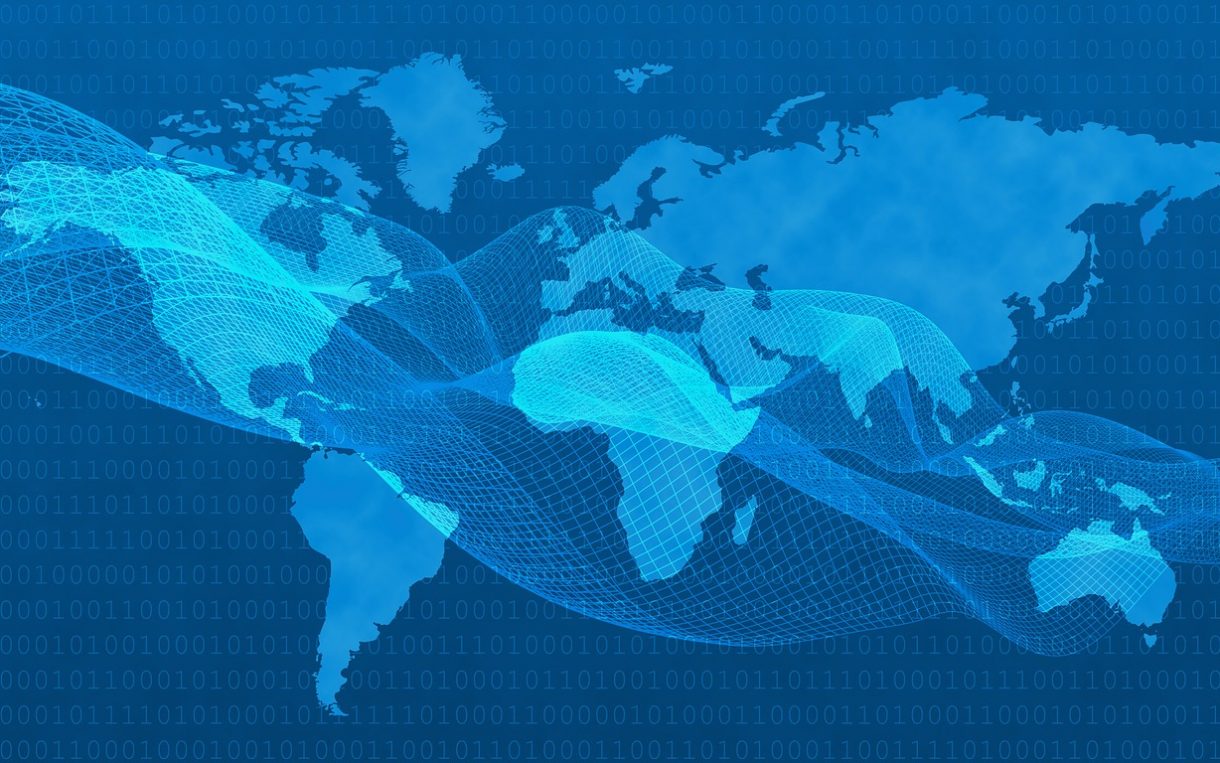We need a new business case for the SDGs
 Image: Pete Linforth from Pixabay
Image: Pete Linforth from Pixabay
Here are five ways to reimagine why it pays for companies to help tackle the world’s toughest challenges.
So the ritual starts again. The hotel suites are booked, the dinners organized, the panels are set. It’s UN General Assembly (UNGA) week, and hundreds of companies will arrive in New York to participate at a long list of events targeted at the business community.
If past is prologue, then one buzzword will dominate the discussions: the business case. Arguments about why it pays for companies to help tackle the toughest global challenges are everywhere. And they are applied to virtually every sustainable development issue—from the 2030 Agenda overall to specific ones like civic space, labor practices, and climate change.
But here’s the problem: it’s not yet working. We are on track to fall short of achieving the Sustainable Development Goals (SDGs), and a recent Oxfam analysis found that many companies are selling “old sustainability wine in new SDG bottles.”
With so much debate focused on two of the world’s most urgent and complex challenges—climate change and rising inequality—it’s time to remake the business case for action.
The limiting of our imagination
So what explains the fact that so few businesses are making serious contributions to the achievement of the SDGs?
Well, it has something to do with how the business case is used as an entry point to business’ role in these ambitious goals. Here’s a flavor.
In my experience, a business case:
- Changes priorities from what matters most to achieve the SDGs to where business sees the greatest opportunity for monetary returns
- Limits our imagination by focusing on what a company can do without incurring costs or forgoing profits
- Sidelines the voices of affected groups and gives preferences to the views of companies and their allied stakeholders
- Navigates the agenda to ‘low-hanging fruit’ issues, leaving the more complicated issues unattended
- Emphasizes solutions at the individual company level (ignoring collective approaches and public policy avenues)
- Shifts the attention from reducing negative impacts to making positive contributions
- Takes energy away from rigorous problem analysis towards ‘quick and easy solutions’
- Leaves distributional aspects of win-win outcomes unattended (i.e. who gains and how much?)
- Sidelines more principled arguments for why companies should act (i.e. the moral case).
Evolving the business case
Business case arguments are a double-edged sword. They recognize the limitations that stem from business’ profitability imperative but risk limiting the expectations for business when it comes to tackling issues of global concern.
Here are five potential ways to make the business case more meaningful.
From fact to aspiration
The business case is not a universal reality. The challenges underlying the SDGs are marked by market failures, high levels of complexity, and trade-offs. Given these limitations, the business case cannot be something you find; it is something we must create. In our conversations this week, let’s have an honest debate about how business models, supply chains, and policy environments need to change to align with the SDGs.
From action to inaction
The conventional SDG business case is action-oriented and linear (action A will lead to material benefit B). This approach is not only problematic since a business case is difficult to predict, doesn’t apply under all circumstances, and depends on a variety of (f)actors outside of a company’s control. It also ignores that many benefits to business are indirect (e.g. public infrastructure) and intangible (e.g. public trust). Going forward, let’s also focus on the (long-term) cost of inaction and the benefits from abstaining from certain actions.
From short-term to long-term
The ‘tyranny of short-terminism’ affects how we think and inhibits incentives for long-term investments in sustainability. A business case can change dramatically depending on the time horizon we apply. Short-term corporate sustainability costs—such as investments in more climate-friendly technology, better wages for employees or sustainable supply chains—can translate into long-term assets (e.g. new growth markets, retention of staff, reduced supply risks) if given the time. Let’s not be deterred by short-term costs.
From value to values
Let’s make our shared values a more central consideration of any business case. In many instances, a business case is determined by the reactions of a company’s stakeholders (e.g. consumers, investors, employees). And these reactions are often both morally and economically motivated, challenging the artificial separation between the moral and the business case. Sustainability based on values can be a more powerful motivator than a purely economic business case. And it provides a higher, more principled threshold from which to orient a business case.
From competitive advantage to level-playing field
The business case as a competitive strategy overlooks collective action problems that stand in the way of making it a reality. Where unilateral actions on sustainability issues lead to a competitive disadvantage for frontrunners, pre-competitive collaboration and collectively-binding rules are key to help create commercially feasible solutions. A business case often only materializes by leveling the playing field with regards to sharing risks and rewards.
It’s time to create
Adopting a more sophisticated business case for the SDGs can mean many things in practice.
It can mean standing up to short-term pressure of investors. Or it can mean giving employees a stake in the company. It can mean admitting that the existing way of doing business is not working. Or it can mean companies forgoing short-term profits and pushing back against policy agendas that exacerbate inequality or climate change.
At this year’s UNGA, let’s not slap new labels on old wine. Let’s create a business case worthy of the challenges and the opportunities we face.